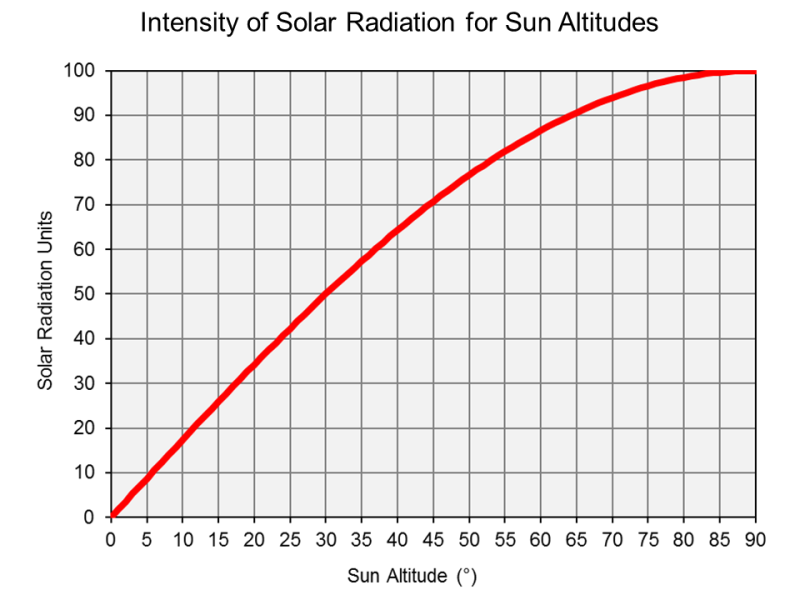I have 2 -165 watt 36 volt panels and a 24 volt brush-less submersible well pump. I would like to pump water without batteries. Any suggestion on a controller and with no batteries is there any advantage of a MPPT over the cheaper PWM. Additional information: The pump label says 16 amps - .37 Kw I have more panels I can add to system, all I want to do is pump water for irrigation when there is enough sun shining. Since the controller seems like a switch is there an advantage of the MPPT over the PWM in a no battery situation. New to solar, but thanks to William's YouTube videos and book I am starting to learn. Thanks Nick
Last edited:





